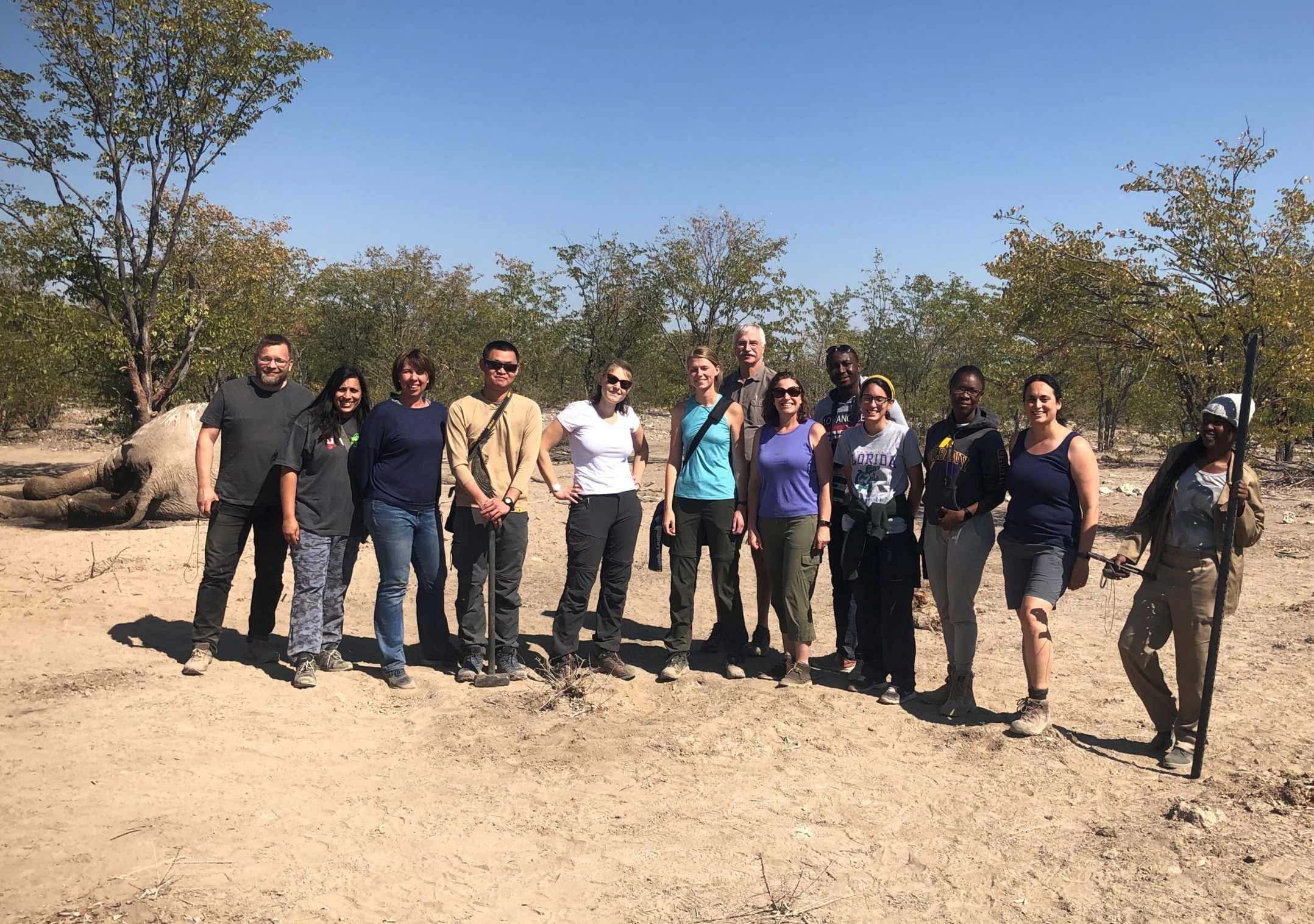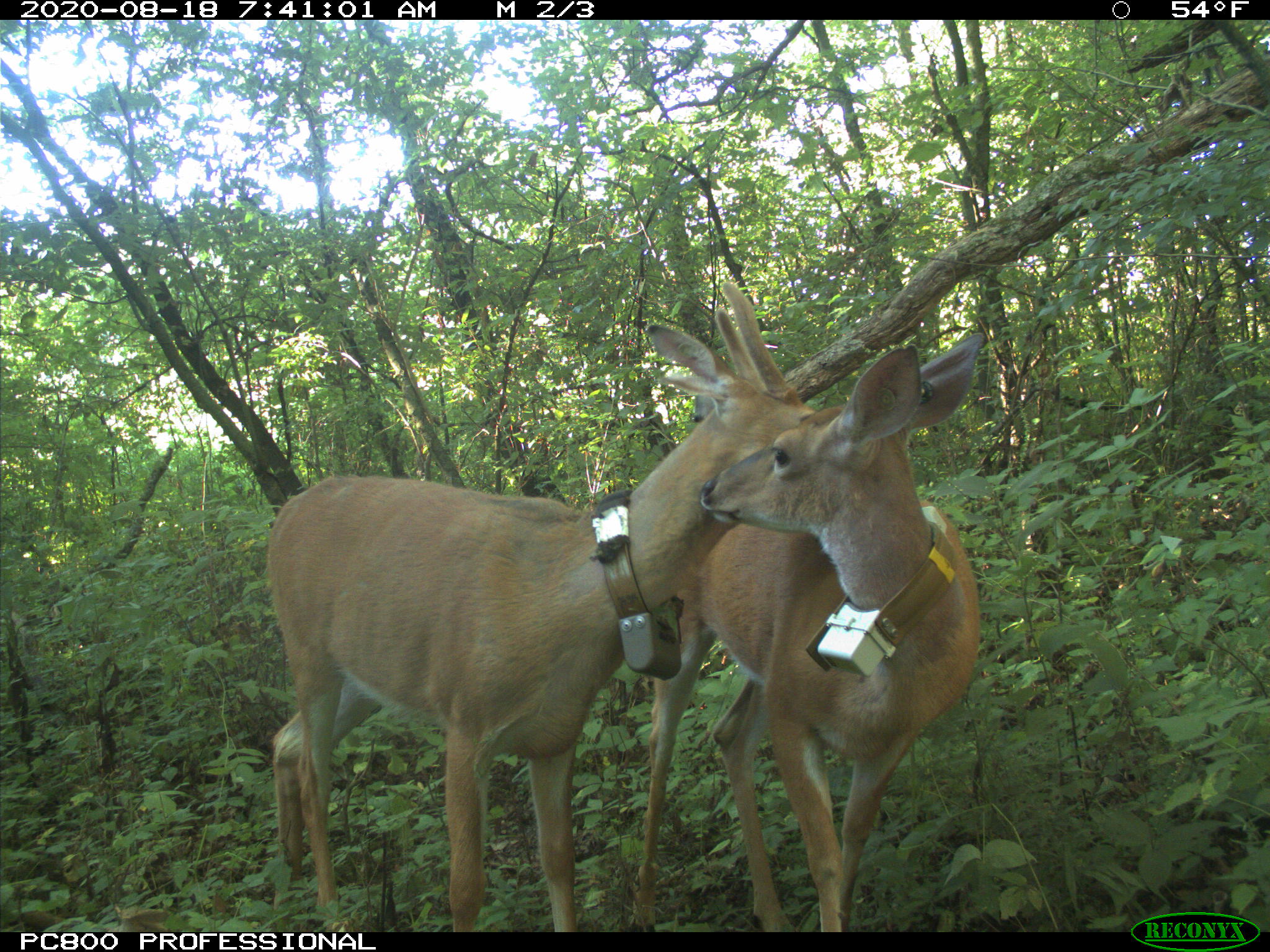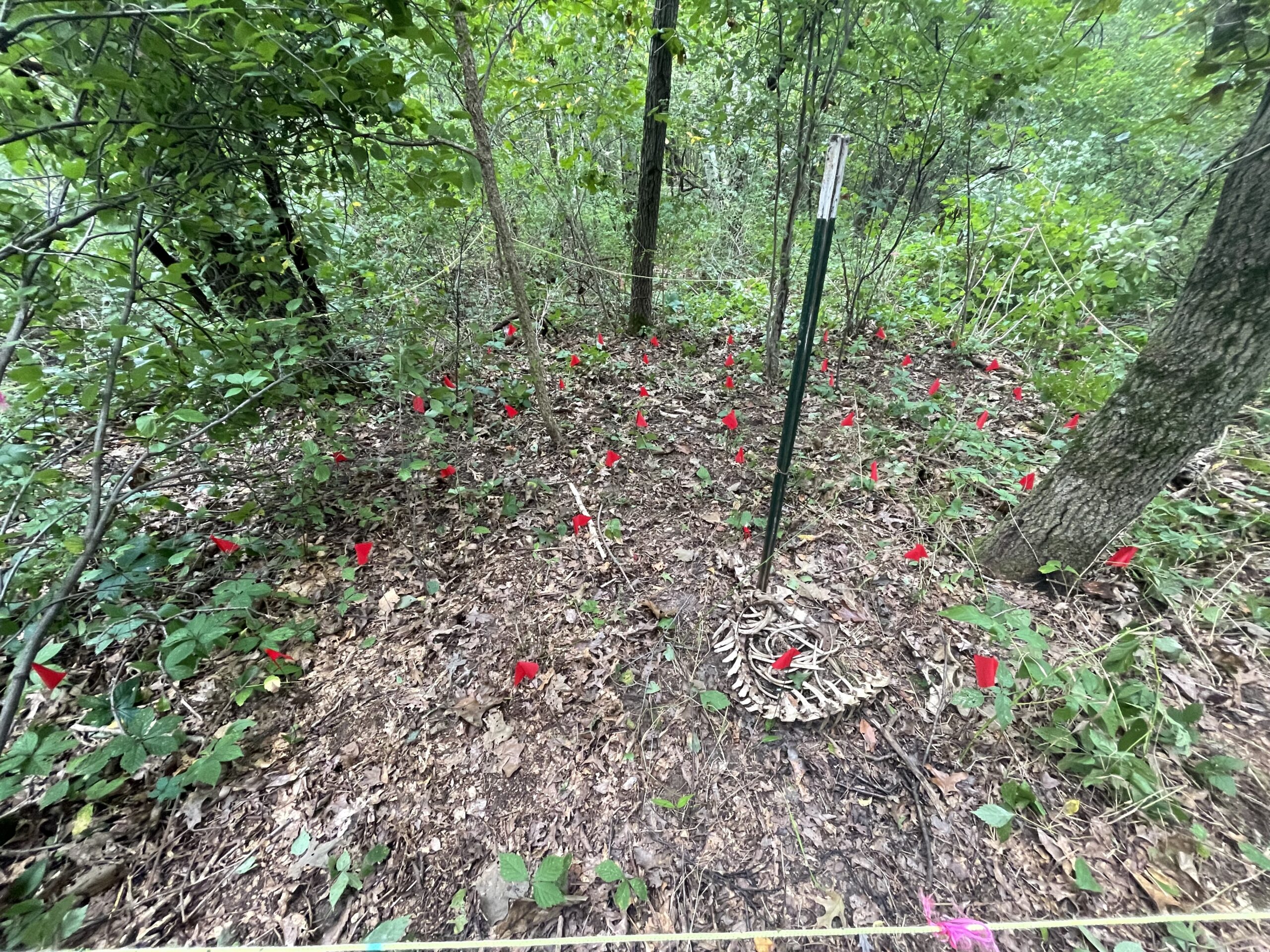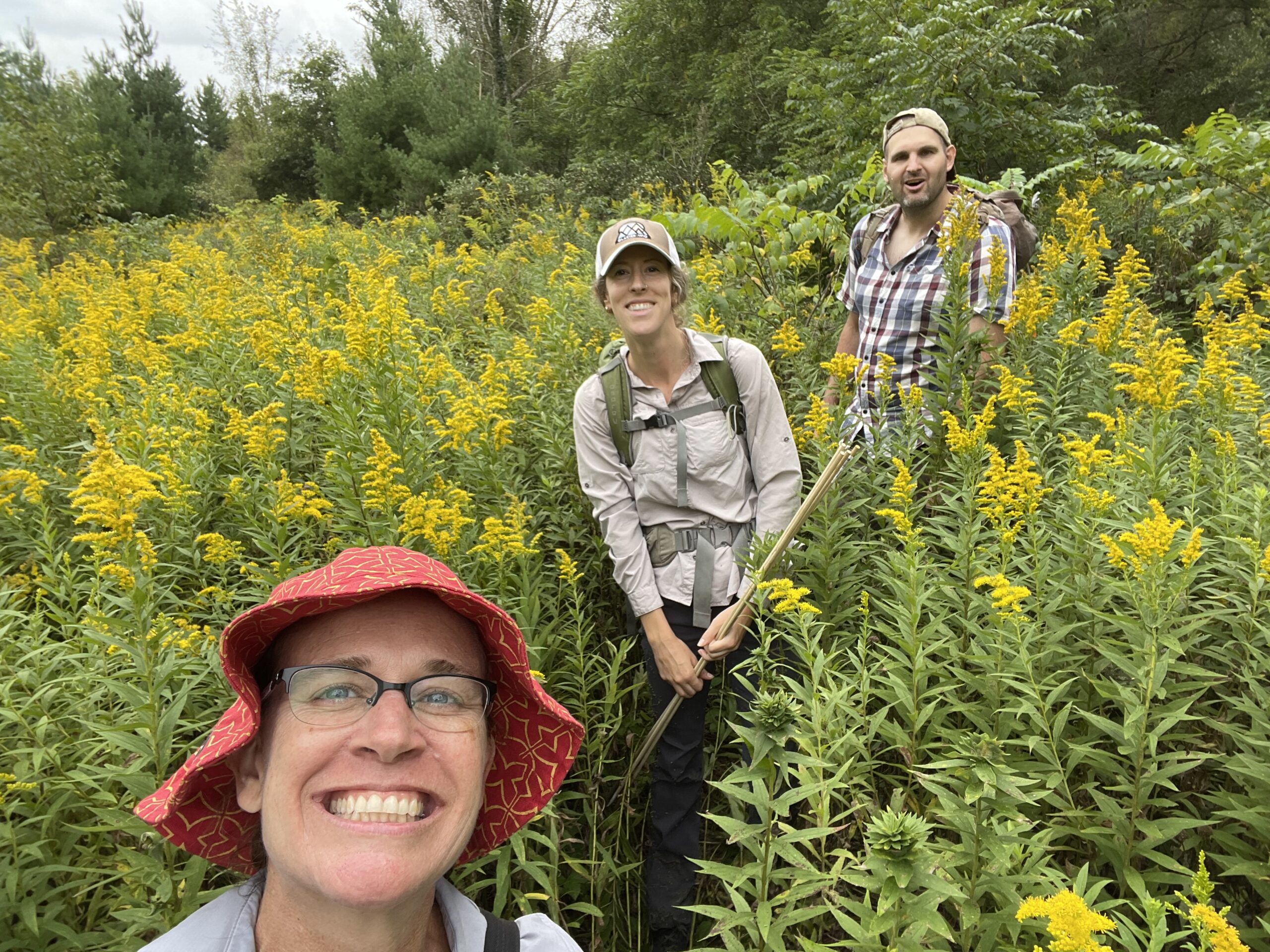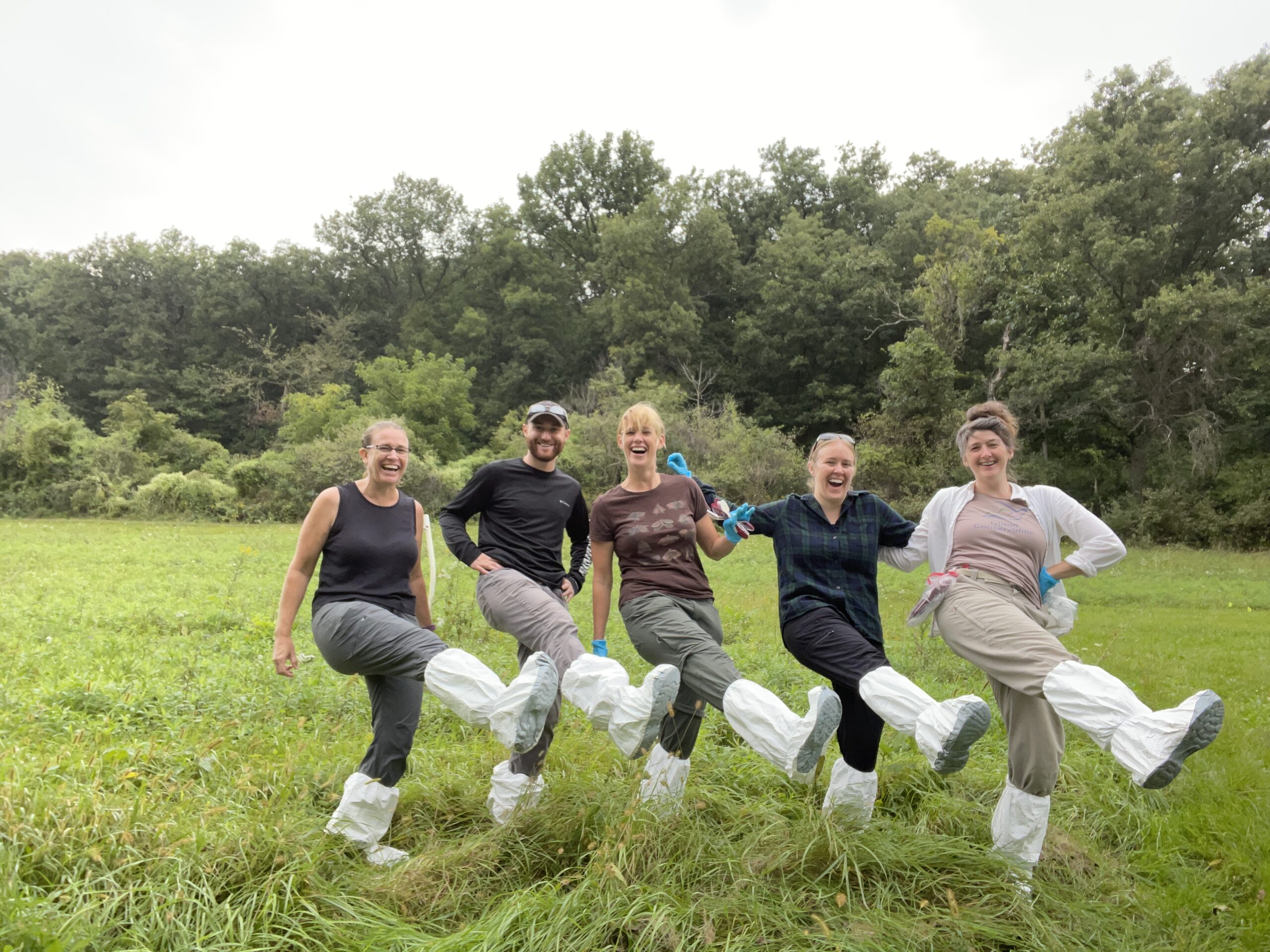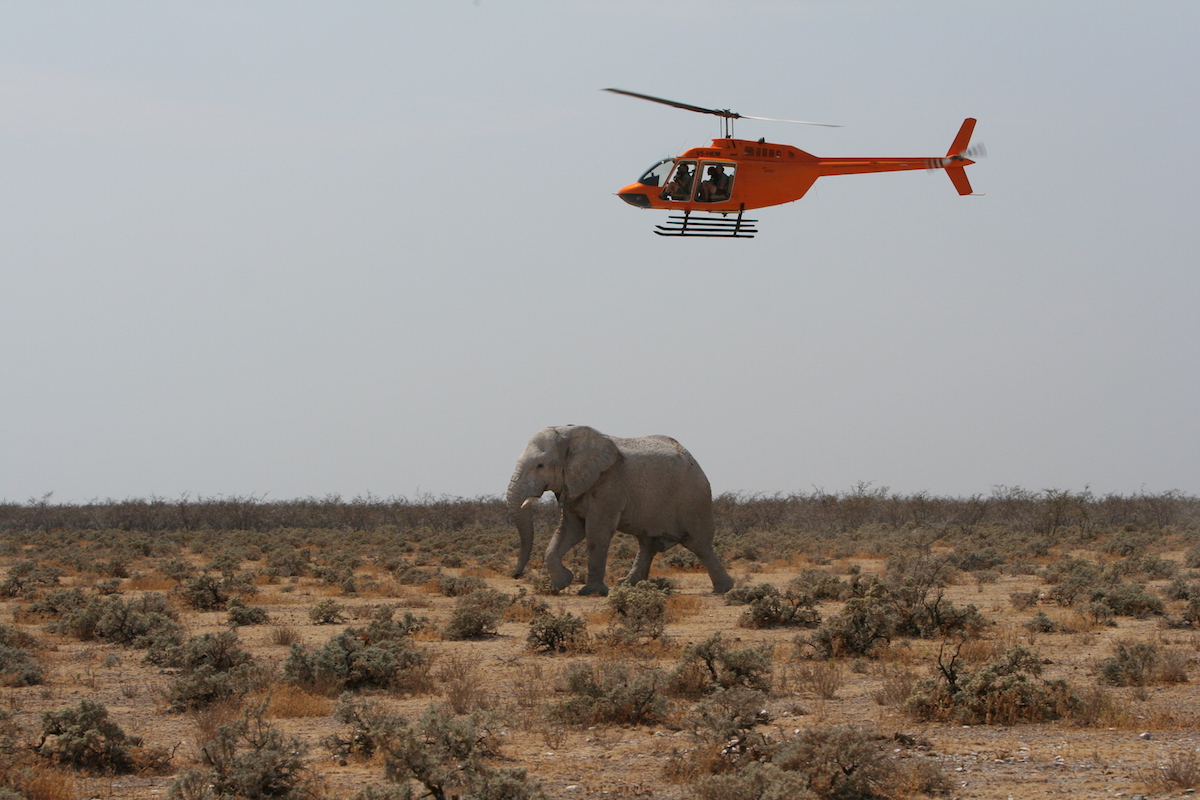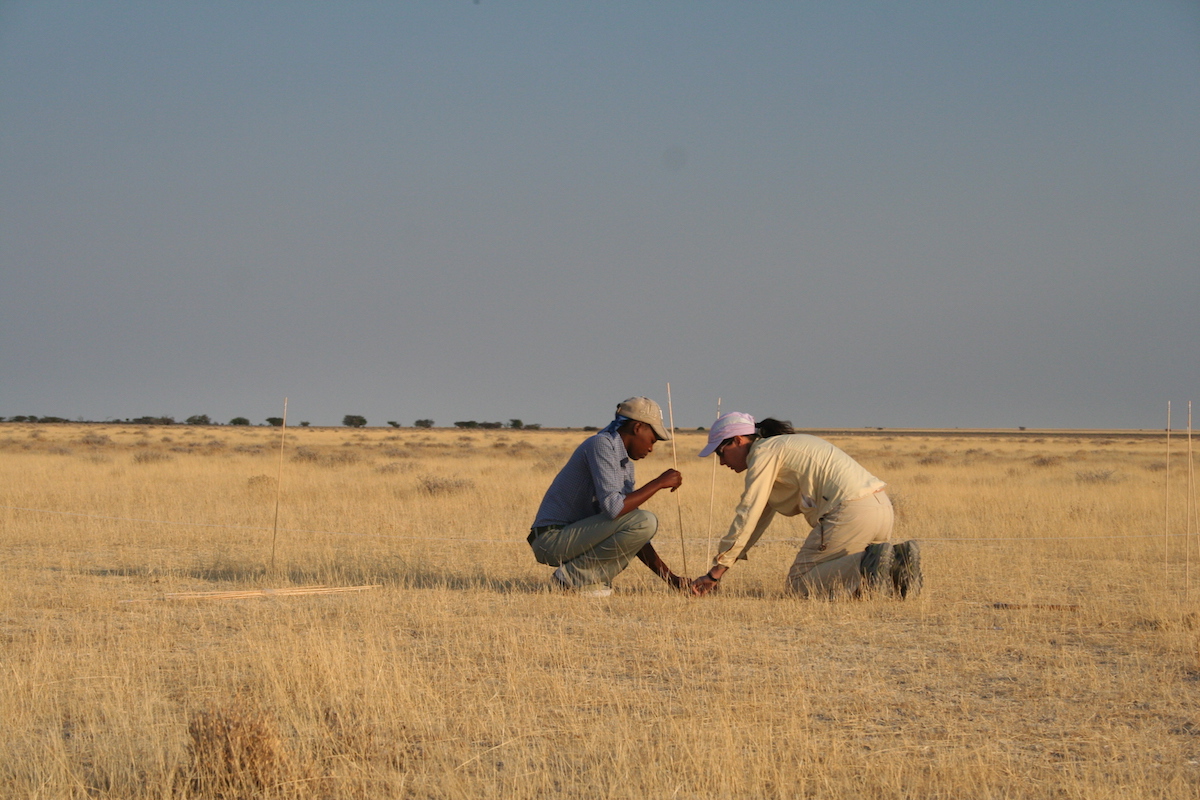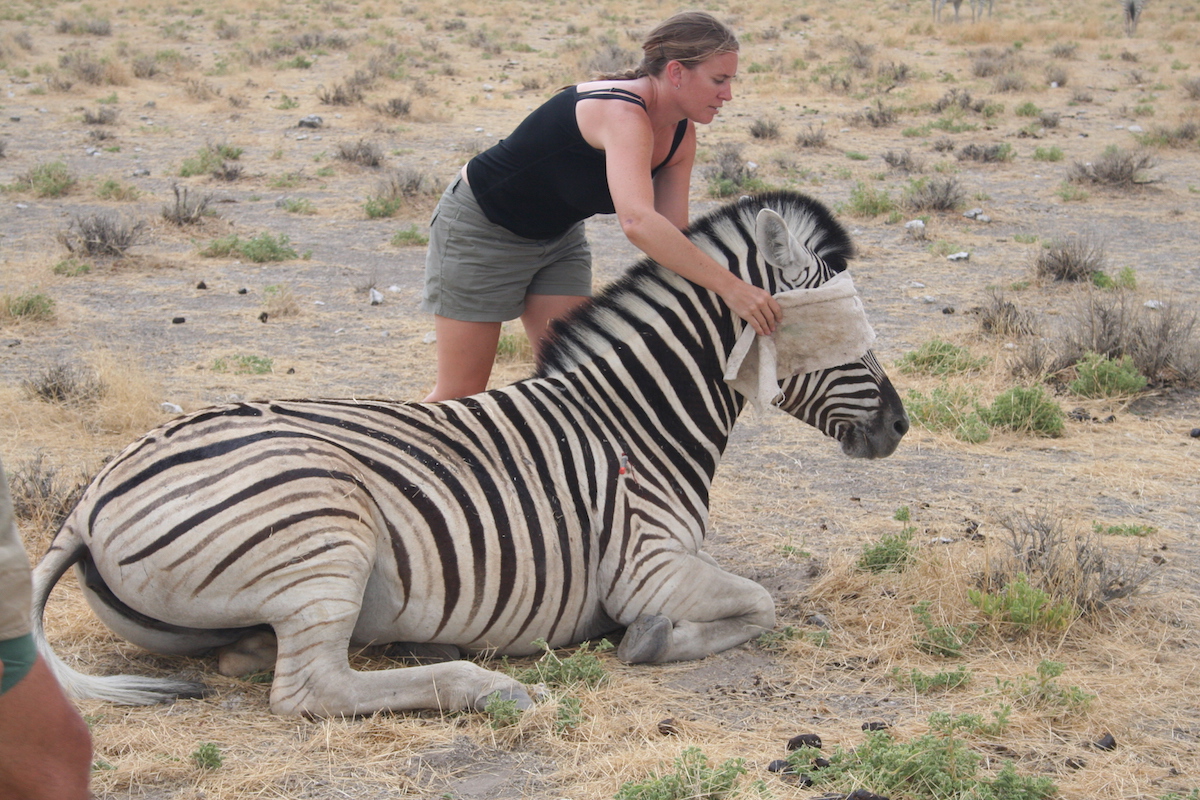Research Areas
Our current research is focused on three wildlife disease systems 1) chronic wasting disease (CWD) in white-tailed deer (Odocoileus virginianus) in the Midwest, 2) anthrax in herbivorous mammals in Namibia and South Africa, and 3) northern long-eared bats (Myotis septentrionalis) on Long Island, Martha’s Vineyard and Nantucket islands.
Chronic wasting disease (CWD) in white-tailed deer
The Turner lab Deer Ecology and Disease (DEAD) team studies the prion disease CWD in Wisconsin deer. Prions, like the anthrax bacterium, are disease agents that are highly persistent in the environment, and we are studying how this persistence affects disease transmission dynamics of CWD in white-tailed deer. The Turner lab’s CWD research investigates how host ecology and prion persistence affect disease transmission, and in turn host population dynamics, at different stages of disease invasion into an area. We investigate how deer harvest management in the Midwestern U.S. changed with the invasion of CWD into the region, and the effectiveness of these efforts at slowing the spread of CWD. Another project evaluates relationships between deer movement ecology and CWD transmission dynamics. Another project investigates how supplemental feeding of deer affects prion concentrations and deer behavior in Tennessee. New projects are starting soon will study CWD transmission dynamics from direct and indirect transmission sources and pneumonia metagenomics in deer. Our CWD program is funded by the Wisconsin Department of Natural Resources, the US Geological Survey, and the USDA.
Anthrax in African wildlife
Our research group and collaborators study anthrax disease dynamics and pathogen evolution comparing two savanna ecosystems in southern Africa. This project links within-host, between-host, and in-environment processes, to understand how conflicting selective pressures impact pathogen diversity, host resistance and disease incidence, and ultimately, how these processes drive variation in host-pathogen co-evolution across large spatial scales. This NSF-funded project builds upon detailed records of host population dynamics, anthrax mortalities, environmental factors, and data collected on pathogen diversity, host ecology, behavior, physiology and immunology.
White-nose syndrome (WNS) in bats
Our research on WNS investigates northern long-eared bats, and how island populations have persisted despite invasion of the fungus Pseudogymnoascus destructans, the causative agent of WNS. On the mainland, infected populations of this bat species have experienced severe mortality and local extirpation. Our approaches include telemetry to document behavior and identify roosting sites and novel hibernacula, acoustics and video monitoring to study winter activity, insect surveys and metagenomics of bat guano to determine diet, genetic analysis of infection status, and population genetic analysis of this species across the three islands and along the eastern U.S. This work is in collaboration with the NY State Department of Environmental Conservation and was funded by the USFWS White-Nose Syndrome program.

